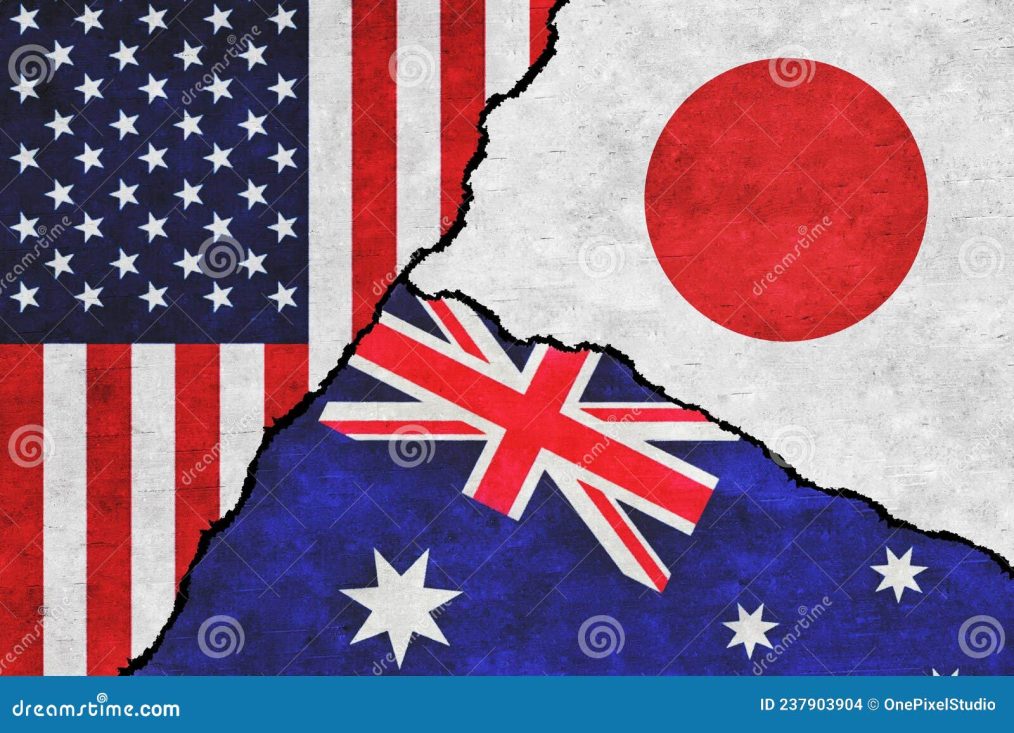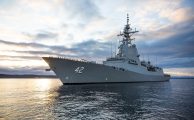
Strengthening Pacific Partnerships: The Path to Seamless Cooperation
Defence Today
SYDNEY — While the United States, Japan, and Australia have formalized agreements and commitments to enhance their national security cooperation, independent studies reveal there is significant work ahead in training and operational integration to achieve seamless collaboration.
Two recent reports highlight the progress and challenges in these partnerships. The first, from the University of Western Australia (UWA), examines Japan-Australia relations, while the second, by the Carnegie Foundation, focuses on the Australia-US alliance. Together, they outline critical overlaps and potential pathways for trilateral cooperation among these Pacific partners.
Japan and Australia: Deepening Strategic Bonds
The UWA study, authored by Tom Corben of the US Studies Centre at the University of Sydney, delves into the evolving partnership between Tokyo and Canberra. Corben underscores the strategic importance of advancing beyond intelligence sharing and policy coordination to practical, operational collaboration. He recommends leveraging Australia’s expansive training and testing facilities and fully implementing the recent agreement to rotate Japanese marines through northern Australia.
While Japan and Australia share close ties with the US military, their bilateral defence relationship is relatively new, shaped by overcoming decades of historical mistrust stemming from World War II. Corben emphasizes the need to build an independent agenda that supports, but does not solely depend on, trilateral cooperation with the US.
“A robust and well-defined Australia-Japan defence relationship is essential to stand on its own two feet,” Corben notes. The success of this partnership hinges on harmonizing modernization agendas. However, legal and regulatory barriers, such as those stemming from AUKUS ITAR reforms, could deter Japanese firms from collaborating with Australia.
Key recommendations include:
- Enhancing submarine surveillance through joint deployments and intelligence sharing.
- Prioritizing bilateral exercises with Japanese forces stationed in Darwin before expanding to trilateral activities with the US.
- Collaborating on long-range strike weapon development, such as manufacturing Japanese-designed missiles in Australia, to mitigate US export restrictions.
Australia-US Alliance: Addressing Operational Gaps
The Carnegie Foundation report, edited by Evan Feigenbaum, highlights the potential for Australia and the US to forge a broader, more resilient alliance. However, this requires addressing fundamental challenges through candid self-assessment and significant reforms.
Feigenbaum stresses that both nations must align national strategies, update outdated regulations, and address Australian sovereignty concerns. With shrinking strategic warning times, accelerating alliance management and operational readiness is a pressing priority.
Critical gaps include the lack of historical precedence for dividing roles and missions in high-intensity Indo-Pacific conflicts. Addressing this requires:
- Annual meetings of contracting officers to streamline procurement strategies and share best practices.
- Greater integration of industrial bases to enhance defence production and innovation.
- Establishing a “Future Warfare Strategy Team” of strategists, military personnel, and researchers to develop contingency responses for scenarios such as a Taiwan blockade, Korean peninsula crisis, or increased Chinese coercion in the region.
The report also suggests leveraging entrepreneurial ecosystems and venture capital to drive defence innovation, similar to the Pentagon’s Defence Innovation Unit.
A Shared Vision for Trilateral Cooperation
Both reports underscore the urgency of building operational synergy and trust among the three Pacific partners. While progress has been made, achieving seamless collaboration will require strategic foresight, practical reforms, and a commitment to aligning national priorities. Together, these efforts could shape the future of security in the Indo-Pacific region.




